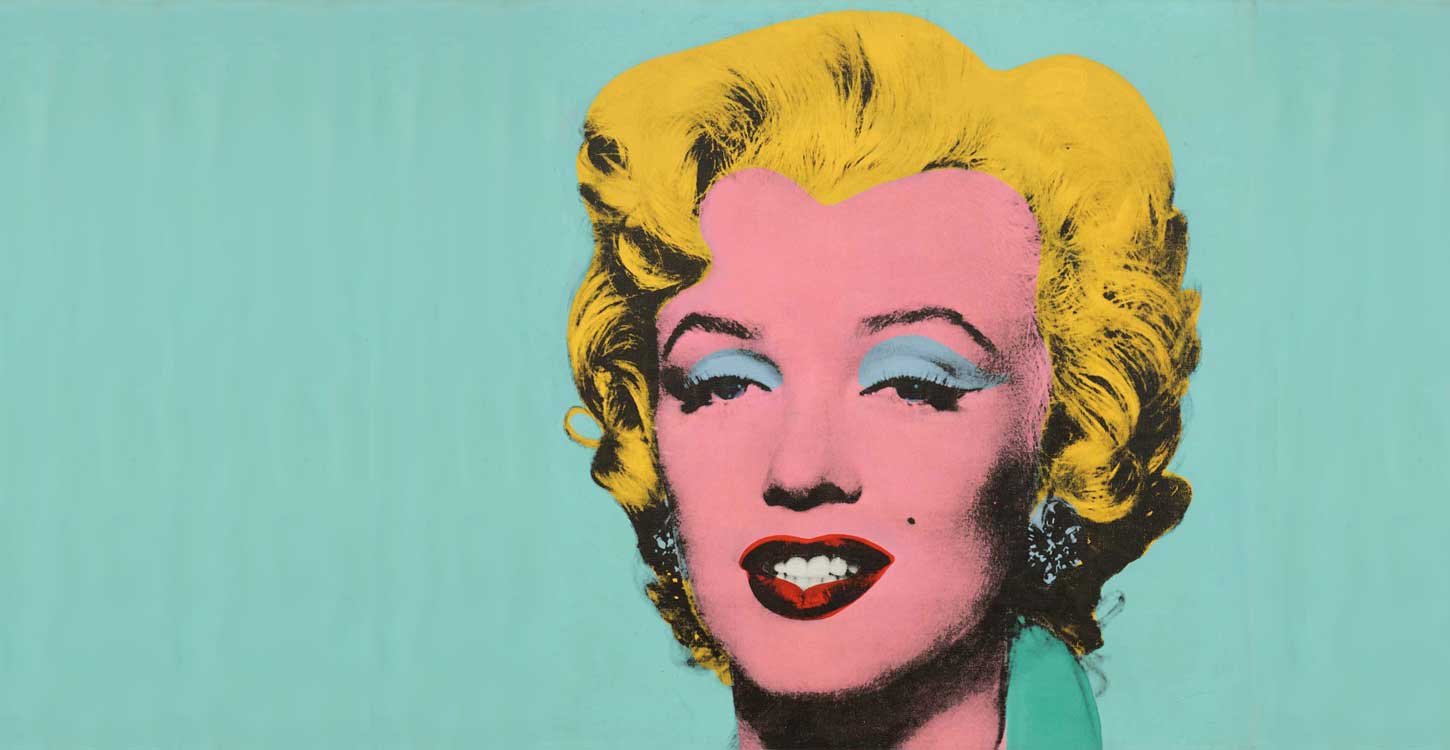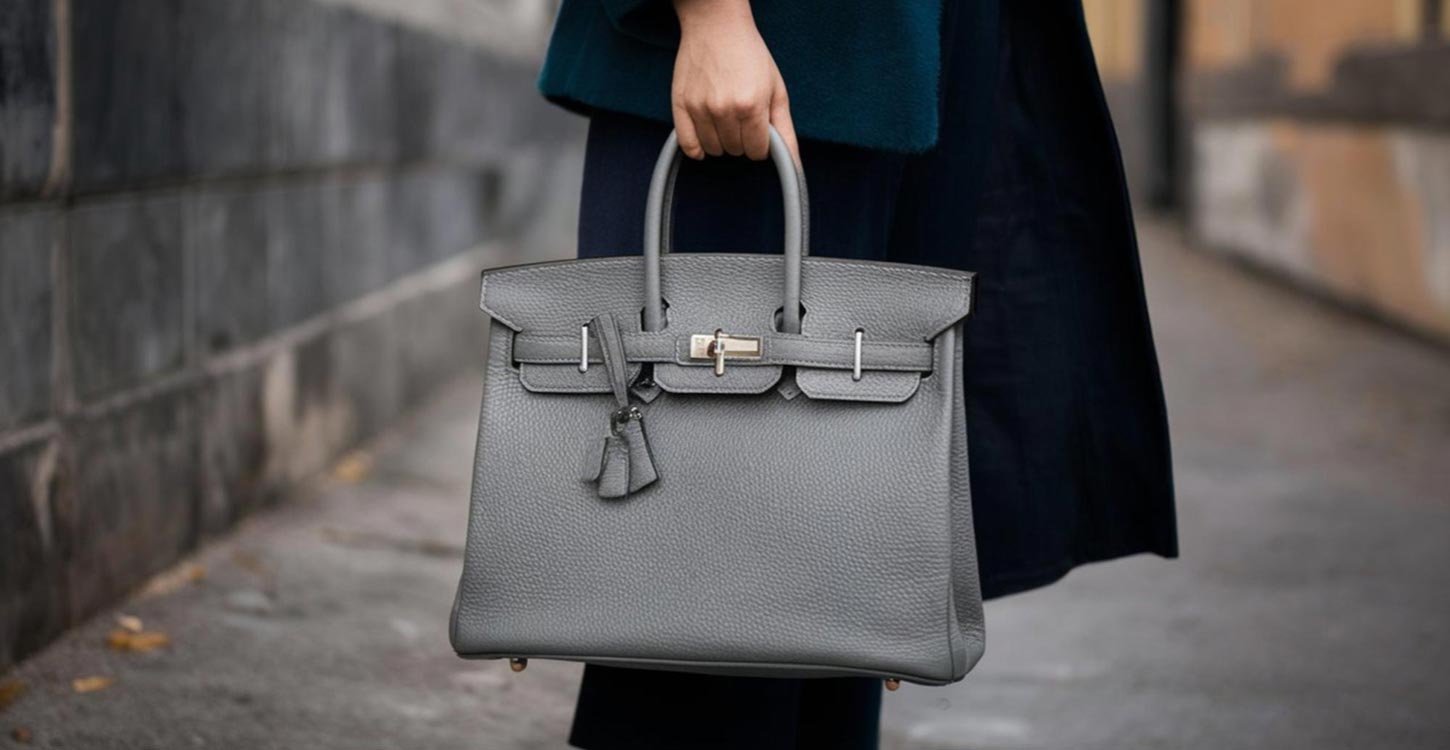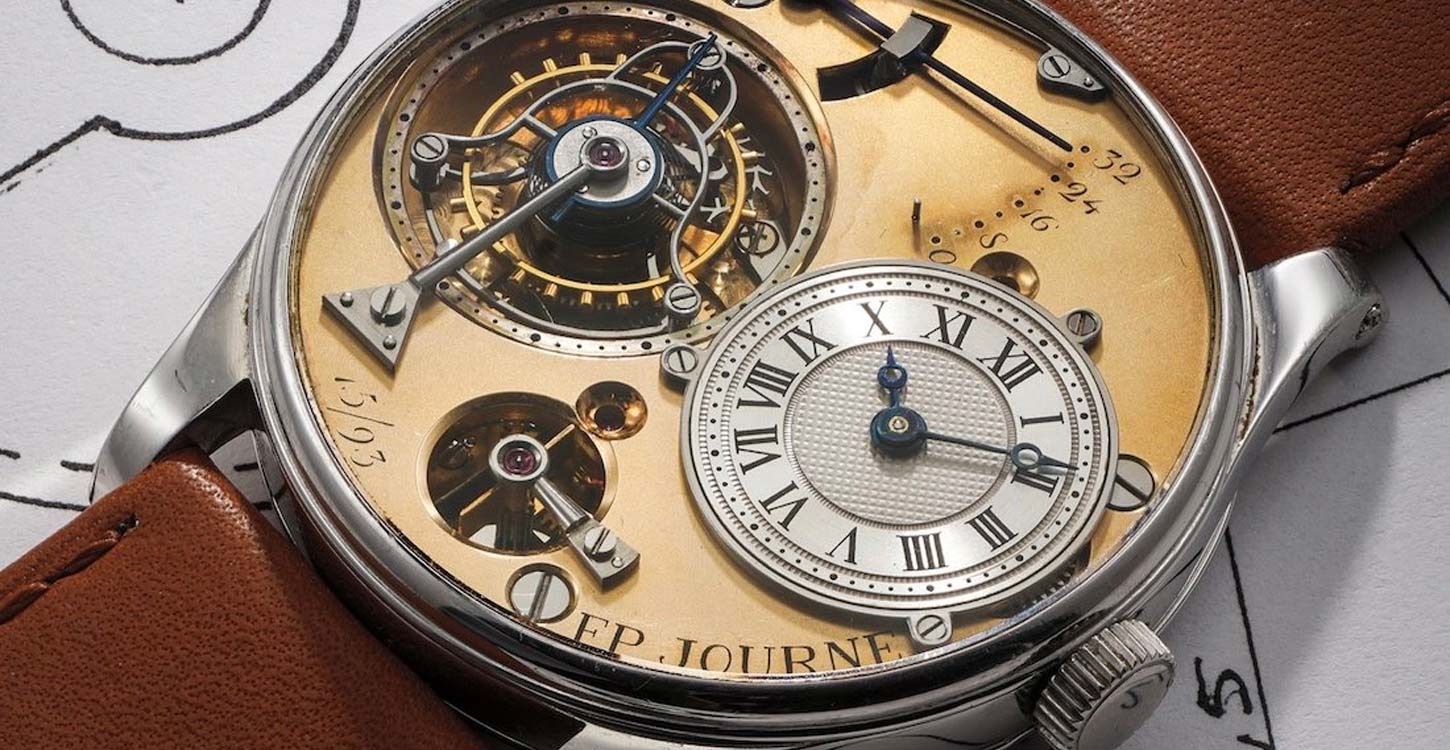Return figures show that art can deliver real outperformance if you make the right choices. However, this isn’t an asset class for those seeking short-term – or indeed simple – gains.
Of all the many types of tangible investments, it is art which perhaps offers the most intangible value. Beauty is, after all, in the eye of the beholder – as are cultural relevance, historical significance, design innovation or any other quality that one might value in a work of art alongside the pure pleasure of beholding something which you deem to be a truly great work.
That should not imply, however, that there is a love or money binary art investors have to make a choice between. Wise art purchases can certainly function as ‘proper’ investments as well as lifestyle enhancements and many High Net Worth Individuals certainly see artworks as serious elements of their portfolios – and the figures back them up powerfully. According to the 2023 Knight Frank Luxury Investment Index, art as an asset class rose 29% over the prior decade, putting it at the top of the collectibles league and significantly ahead of even its closest contender, high-end cars, which showed returns of 25% over the period.
Stellar names, stellar sales figures
Watchers of the art market will have noted that recent years have been particularly strong for sales at the stellar end of things. Each has brought a slew of auctions where the hammer came down at over $100m and indeed 2022 saw the sale of Andy Warhol’s ‘Shot Sage Blue Marilyn’ for $195 million dollars at Christie’s New York, making it the second most expensive painting ever to be sold at auction (the most expensive in history being Leonardo Da Vinci’s ‘Salvator Mundi’, which was bought by Saudi Arabian Crown Prince Mohammed bin Salman Al Saud for $450 million back in 2017).
2022 saw the sale of Andy Warhol’s ‘Shot Sage Blue Marilyn’ for $195 million dollars at Christie’s New York, making it the second most expensive painting ever to be sold at auction (the most expensive in history being Leonardo Da Vinci’s ‘Salvator Mundi’, which was bought by Saudi Arabian Crown Prince Mohammed bin Salman Al Saud for $450 million back in 2017)
There have also been record-breaking sales of whole collections of ‘blue-chip’ art, such as the 2022 auction of paintings and sculptures formerly held by the late Microsoft co-founder Paul Allen. Famously, Allen did not avail himself of the services of an art adviser at all as many of his ultra-wealthy peers would tend to do, instead preferring to select works by the likes of Seurat, van Gogh and Cézanne on the basis of his own tastes and understanding of the market. He most certainly had ‘an eye’ akin to a professional it would seem, as confirmed by the fact that the collection raised an incredible $1.5bn for philanthropic causes, as was his wish.
A store, and a signifier, of wealth
These kinds of figures, and these famed names, are of course far beyond the reach of those who are wealthy in the normal sense rather being than billionaires, but they are illustrative of just how seriously art is taken as a store – and signifier – of wealth the world over, and not just in the centimillion range.
Another indicator of how seriously these assets are taken as assets is the fact that many of the larger wealth management brands (and some of the smaller ones too) have specialist advisers and in some cases whole art advisory divisions. Institutions know that wealthy individuals and families have long seen their collections as intrinsic to their wealth and estate planning, and it therefore makes sense to integrate art into their overall investment strategies.
Looking at art investments in the round
This need to see the bigger picture is key, whatever level of art you are investing at. Just as any investment has to be looked at in terms of return expectations, time horizon, risk appetite and liquidity needs, so too do works of art. In fact, these considerations arguably become even more important when tangibles are concerned. It is essential that an investor is able to hold a particular stock (or any other traditional asset) until its sale price represents a sufficient return, rather than becoming a forced seller who must lose money to meet near-term liquidity needs.
This is even more the case with alternatives and particularly so with collectibles: what is fashionable, and therefore highly valued, can change dramatically over the years and it might be necessary to wait a long time for attractive returns to come back into view. Liquidity (how easy it is to turn an asset back into cash) and the vicissitudes of the market concerned are paramount.
Just as any investment has to be looked at in terms of return expectations, time horizon, risk appetite and liquidity needs, so too do works of art
So too is diversification. While you may have a favourite medium, genre or specific artist, and it is advantageous to have in-depth knowledge, most would consider it very unwise to sink the majority of the wealth you have allocated to art into one category – and definitely not one piece. We’ve all heard tales of artworks bought for a song and then sold for many multiples, but such cases are no doubt outnumbered by many, many more where the gamble hasn’t paid off so well.

Top Tip

Lee Goggin
Co-Founder
Holding art across generations
That being said, you can arguably be more high conviction when you are thinking very long term, or even past your own lifetime. If you can afford to buy a piece with a view to your family holding it for decades and maybe even generations then perhaps that little-known artist could come into their own. At the very least you could secure a family heirloom with real meaning to pass down. Be sure to document the provenance of such artworks to improve their selling power later down the line if this is your style of art investing.
You should also bear in mind the more prosaic elements of being an art investor. If a piece is of any significant value you will need specialist private client insurance (and in turn a professional appraisal to base that coverage on), along with a storage environment which is appropriate from both a security and preservation point of view. Alongside a desire to share the art, this is one reason why even the super-wealthy often lend their pieces to museums long term.
All in all, art is one of the more challenging asset classes, but it is arguably one of the most rewarding too – as long as you really do understand what you are buying and the impact it will have on your overall wealth plan
A final consideration is estate planning. It may be that a significant artwork attracts a large Inheritance Tax bill or other levy which might mean that you inheritors are forced to sell other assets in order to retain a piece with sentimental value. On the flipside, leaving a significant piece of art to charity could help to trim your estate’s tax exposure, as well as leaving something of real worth in your name.
All in all, art is one of the more challenging asset classes, but it is arguably one of the most rewarding too – as long as you really do understand what you are buying and the impact it will have on your overall wealth plan.
Art investment questions to ask yourself
Here are some key art investment questions to ask yourself, hopefully with the assistance of a wealth manager with some experience in tangibles:
- Which proportion of your total wealth is it desirable to allocate to art given your profile and wealth management needs?
- Are you investing primarily for your own appreciation with any returns being a bonus, or are you looking to build value long term and potentially for future generations?
- How well do you really know your target medium, genre or artist, and should you take professional advice to supplement your own knowledge?
- Where does your art stand in the ‘taste cycle’? Have valuations already peaked or does it represent more of a ‘slow burner’?
- Have you fully factored in valuation, insurance, storage and eventual auction costs into any hoped-for returns?
- What impact will any art holdings have on your tax position, both during your lifetime and after you have passed?
- And finally, does the art stand alone as a source of interest and pleasure aside from its return prospects? If you are thinking of investing in art solely to make money, you may be better off finding an asset which is less esoteric and unpredictable.
Important information
The investment strategy and financial planning explanations of this piece are for informational purposes only, may represent only one view, and are not intended in any way as financial or investment advice. Any comment on specific securities should not be interpreted as investment research or advice, solicitation or recommendations to buy or sell a particular security.
We always advise consultation with a professional before making any investment and financial planning decisions.
Always remember that investing involves risk and the value of investments may fall as well as rise. Past performance should not be seen as a guarantee of future returns.





